A Bold and Colorful Artist-Restored Second Empire Manse in Kingston, Yours for $2.3 Million
With a sumptuous melding of High Victorian-era style and modern artistic vision, this 1870s manse in Kingston, N.Y., makes a rather bold statement.

With a sumptuous melding of High Victorian-era style and modern artistic vision, this 1870s manse in Kingston, N.Y., makes a rather bold statement. Its grand interiors are richly saturated in color and crafted by artist and house collector Hunt Slonem, and there are thousands of square feet of them in addition to acres of land that include an intact carriage house and a gazebo.
Now on the market, this house is perhaps not one for a buyer intimidated by grandeur and spaciousness.
Before its renovation by Slonem, the house at 132 Lindsley Avenue was the home of the John H. and Elizabeth Cordts family for more than 100 years. Born in Germany, the Cordts arrived in the U.S. in the late 1830s, settled in Kingston in the 1850s, and John H. was well established as a brick maker and local business leader by the time the family home was constructed in 1873.

Its architect remains unknown, although the construction of the house was reported on by the local paper, the Kingston Daily Freeman. The “commodiously and splendidly fitted up” mansion was nearing completion in April of 1874, the paper reported, and was constructed on the “finest building site for miles around.”
Perhaps a bit more stately than some of the more whimsical Second Empire houses of the period, the house features many of the hallmarks of the style, including a dramatic tower, mansard roof with dormer windows, iron cresting and a bracketed cornice. Here the decorative details do not overwhelm the solid expanse of brick, perhaps an appropriate choice for the home of a brick maker.

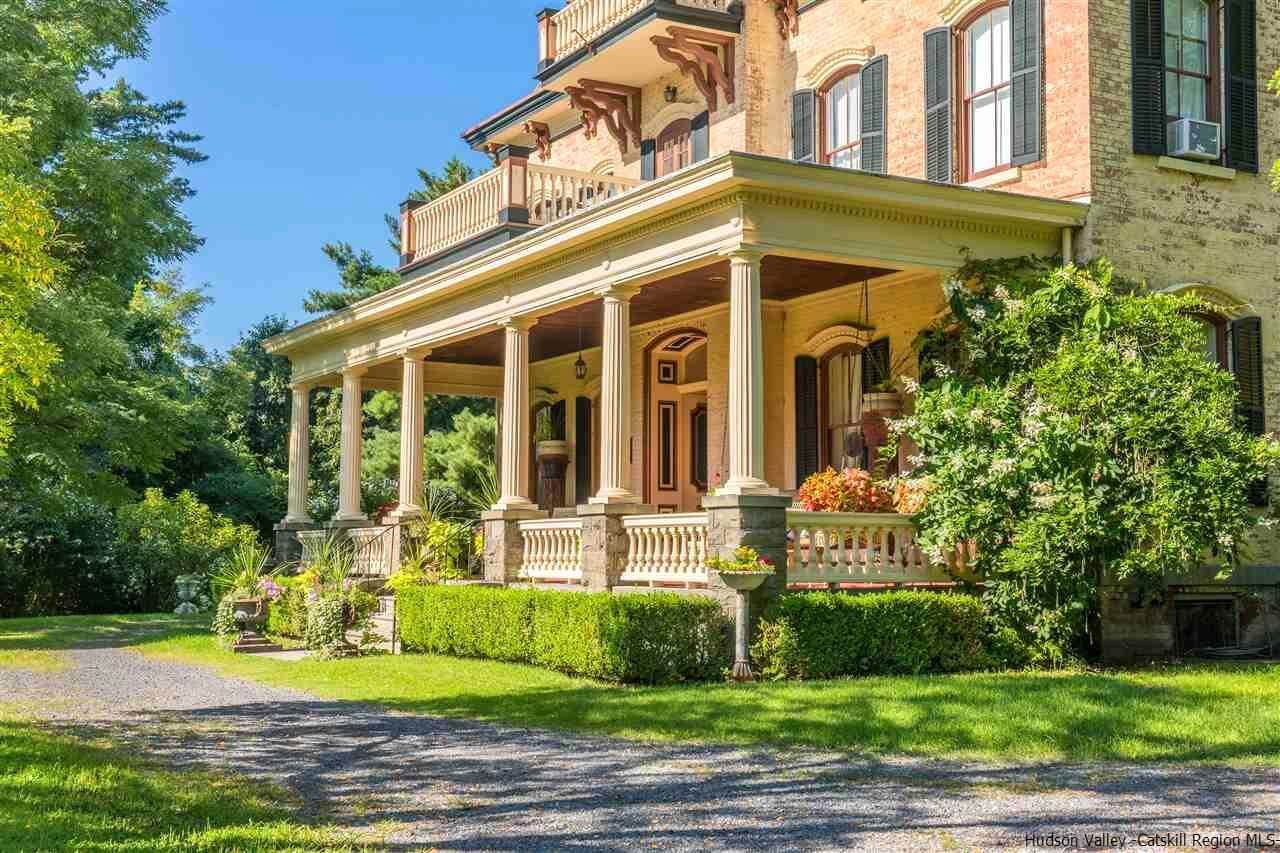
In the 1870s, pattern books and house plans by architects like Saratoga Springs-based G. B. Croff, an enthusiastic proponent of the Second Empire, made the style accessible to builders and homeowners looking to make a grand statement.
By the time of the 1875 New York State census, the Cordts and their 11-year-old son, John N. Cordts, were settled in the house, which the census taker noted as valued at $25,000. After the death of his parents, John N., later a New York State Senator, and his wife, Matilda, made the house their home. It would remain in the Cordts family until after the death of their daughter, Florence, in 1986.
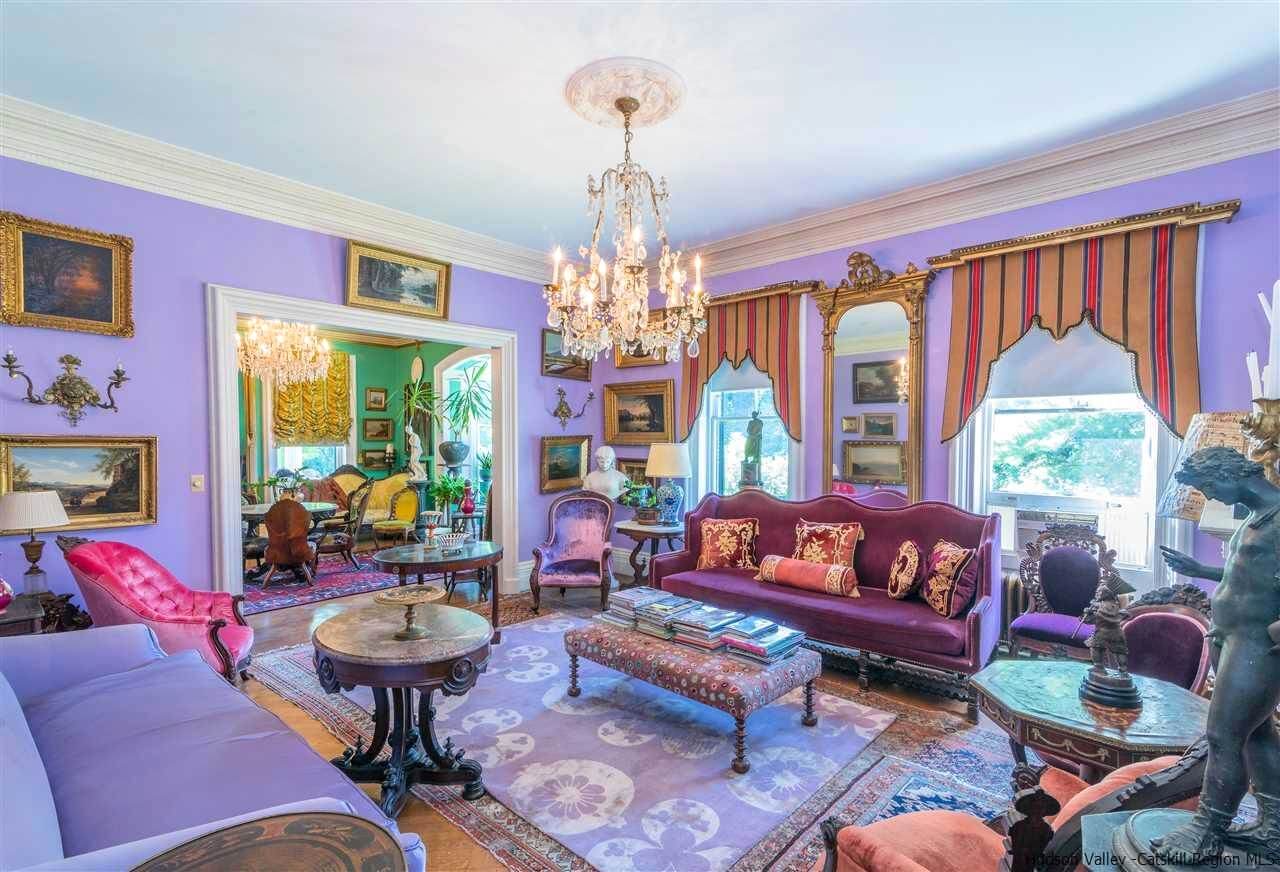
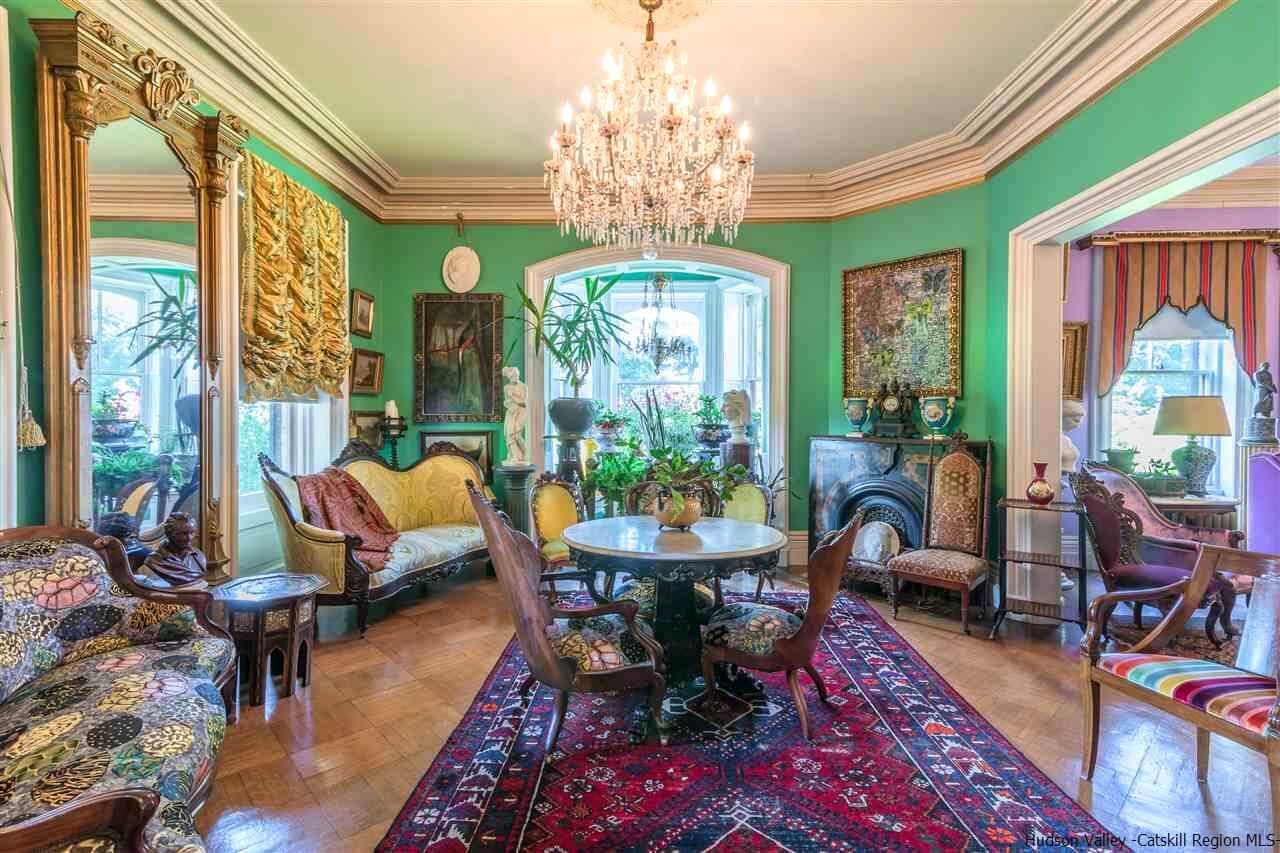
When artist Slonem purchased it in 2001, the house had had just a few owners since the Cordts and the extensive grounds still included the carriage house and gazebo. Slonem set about restoring the house while infusing the spaces with an array of colors inspired by the past but did not create frozen-in-time period rooms.
“I always find an existing example of the use of that color within 100 years of the house — not after, but earlier,” the artist told design historian and author Emily Evans Eerdmans for a December 2014 House Beautiful article. “They used great colors.” His “collectorating,” a term he coined for his collecting and decorating, according to Eerdmans, is used on a grand scale at the Cordts mansion, with interiors richly layered with art, color, textiles and objects.

An equally important element are the original features of the mansion. The roughly 30 rooms of the house include moldings, plasterwork, wainscoting, slate mantels, wood floors and other details remaining from the Cordts family period in the house. The listing images show multiple parlors and sitting rooms, a formal dining room and a conservatory — just to name a few — all with a backdrop of period detailing.
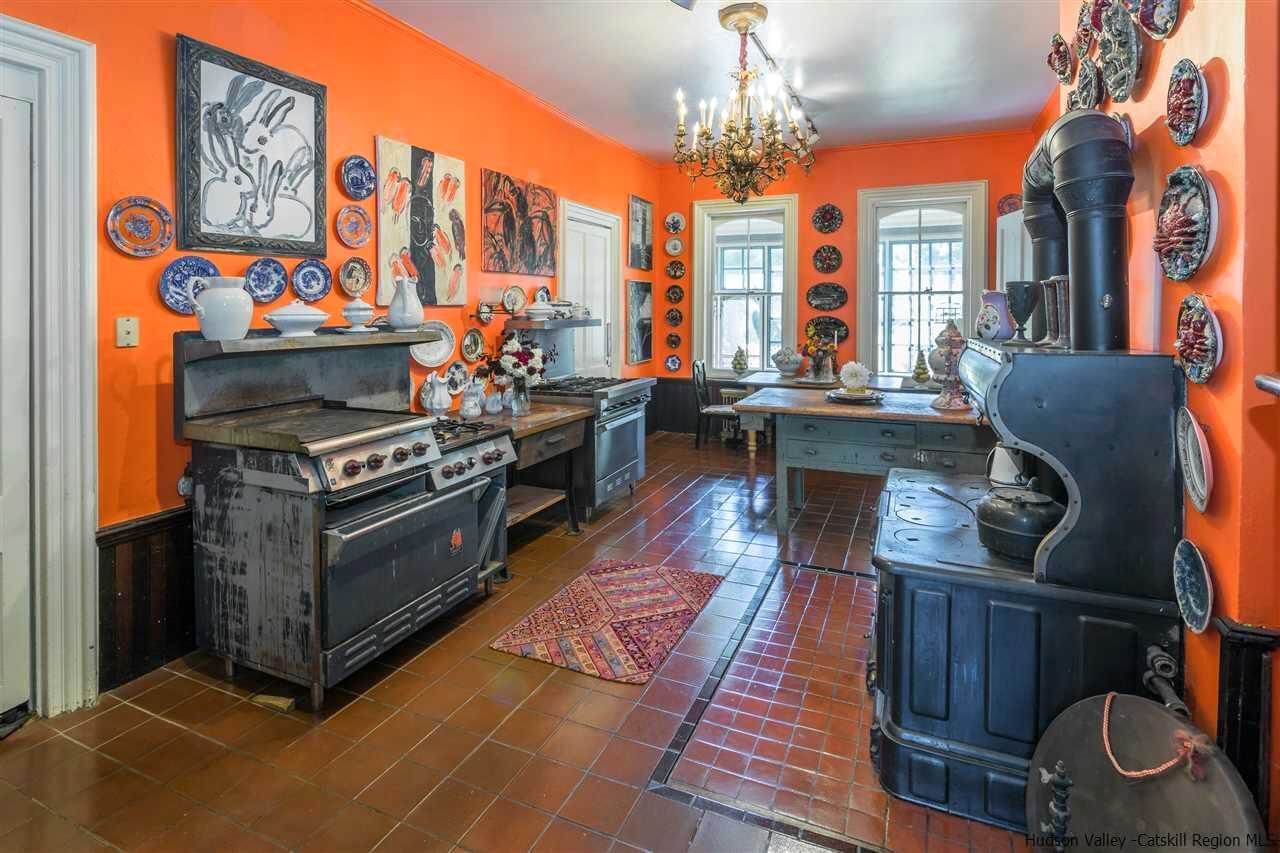

Some rough floor plans included in the nomination for the listing of the house and grounds on the National Register of Historic Places in 2006 show the front of the main floor dedicated to entertaining, with a kitchen, full bath and a sunroom at the rear.
The former servants portion of the house includes a butler’s pantry with intact cabinetry — although it has a 20th century sink rather than the soft metal sink that would have protected fragile china from being accidentally damaged during washing.
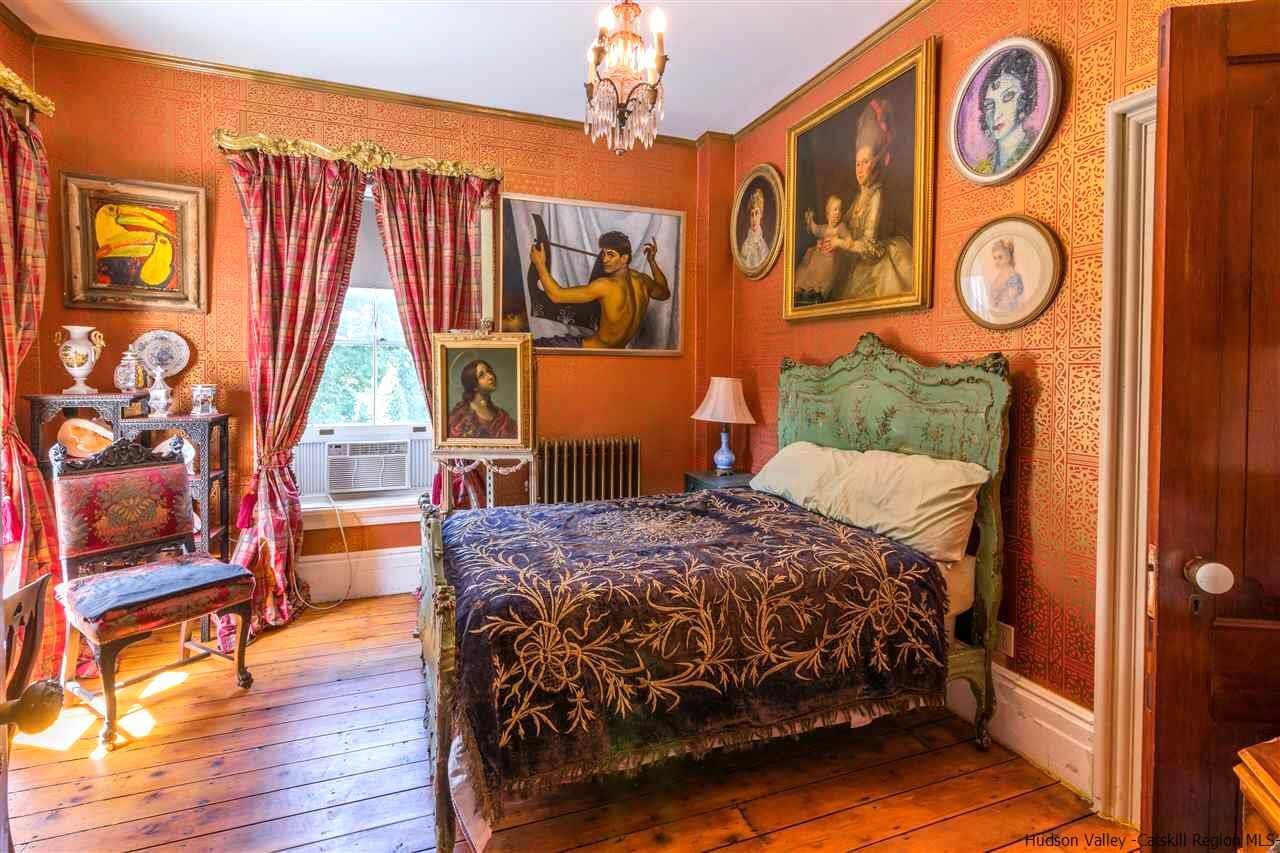

Upstairs there are nine bedrooms and eight more full baths. Some of the nine bedrooms are located on the third floor where there were likely servants quarters at one point. The 1875 census shows at least one live-in servant in the house with the Cordts family. The top floor also includes a large ballroom or billiard room space.
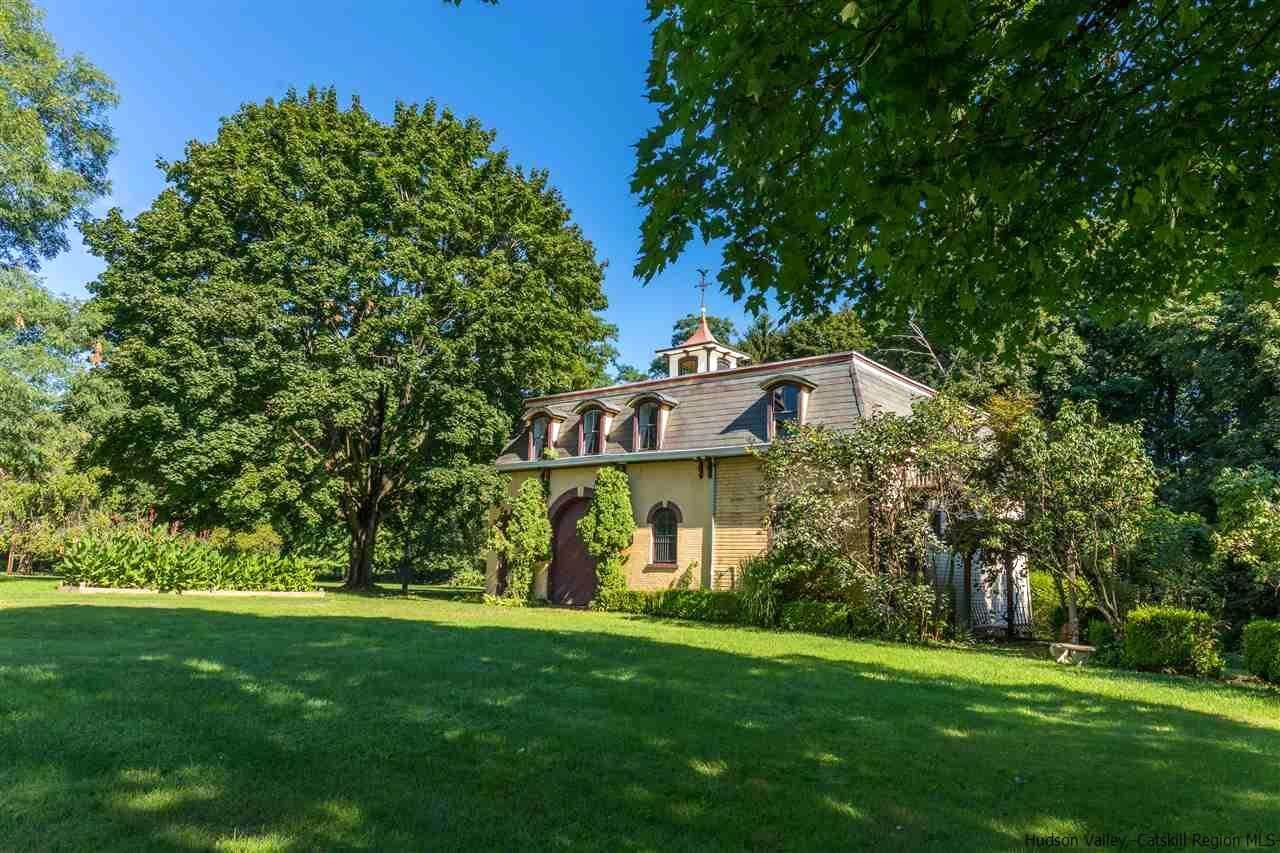
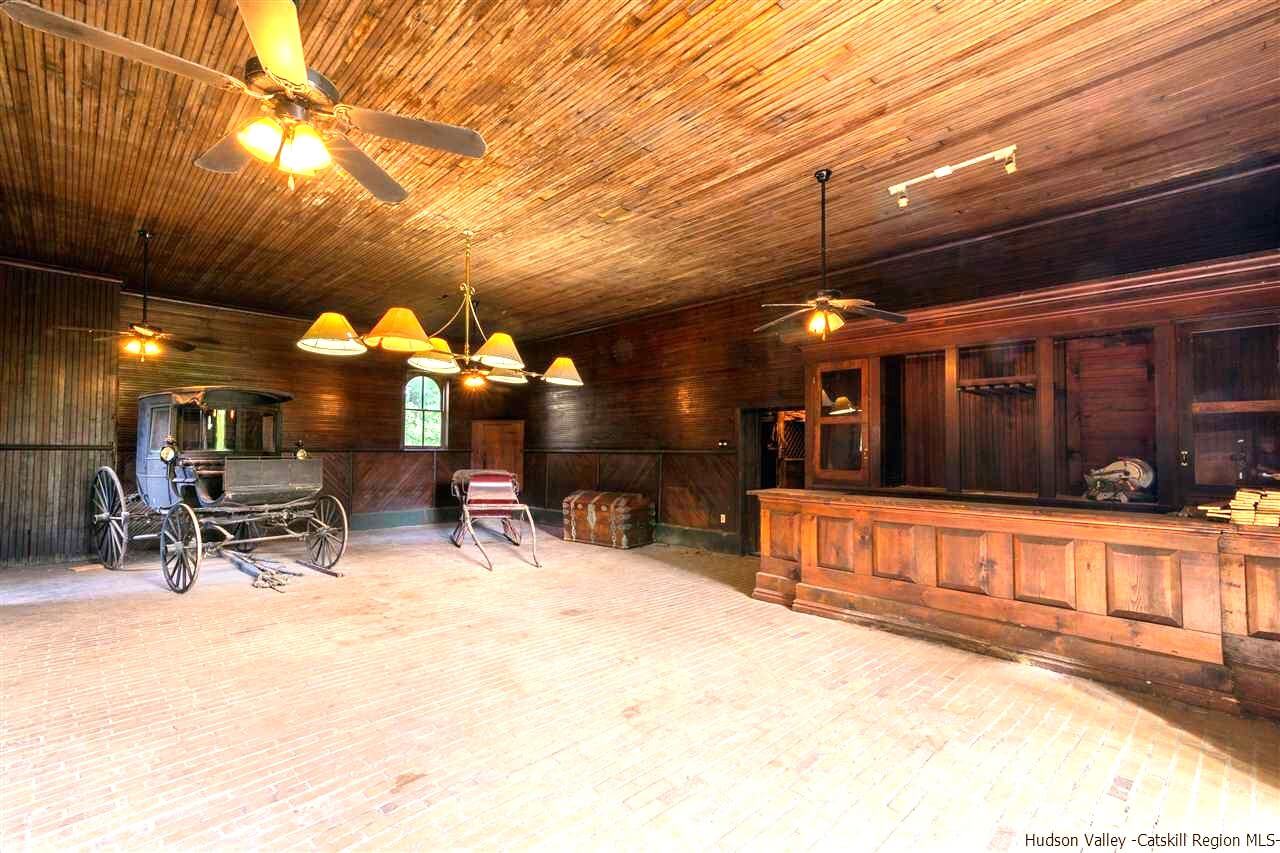
The roughly 12 acres of property surrounding the house include the mansard-roofed carriage house with original horse stalls intact and the gazebo. The listing also mentions two additional houses on the property, although no photos are shown.

The Cordts mansion was the first of many historic properties that Slonem would acquire and restore. In addition to houses in New York, he has properties in Louisiana and Pennsylvania ranging from an 1840s Greek Revival manse to a late 19th century armory.
Slonem put the Cordts house on the market in 2009 and auctioned off a portion of his decorative art collection used in the interior in preparation for spending more time in Louisiana. It was on the market for $2.7 million when it was featured on Brownstoner, but Slonem ultimately didn’t sell.
It’s now listed for $2.3 million with Hayes Clement of Berkshire Hathaway.
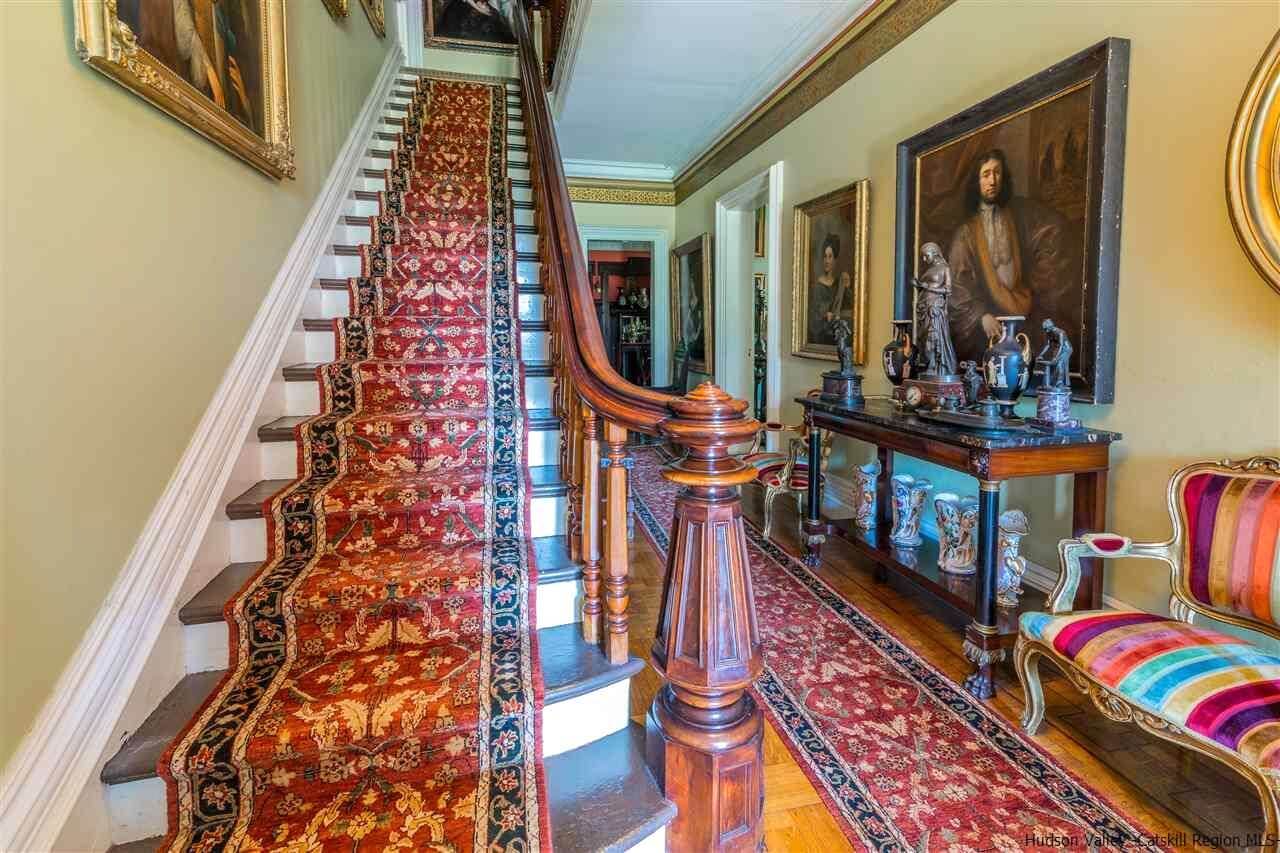


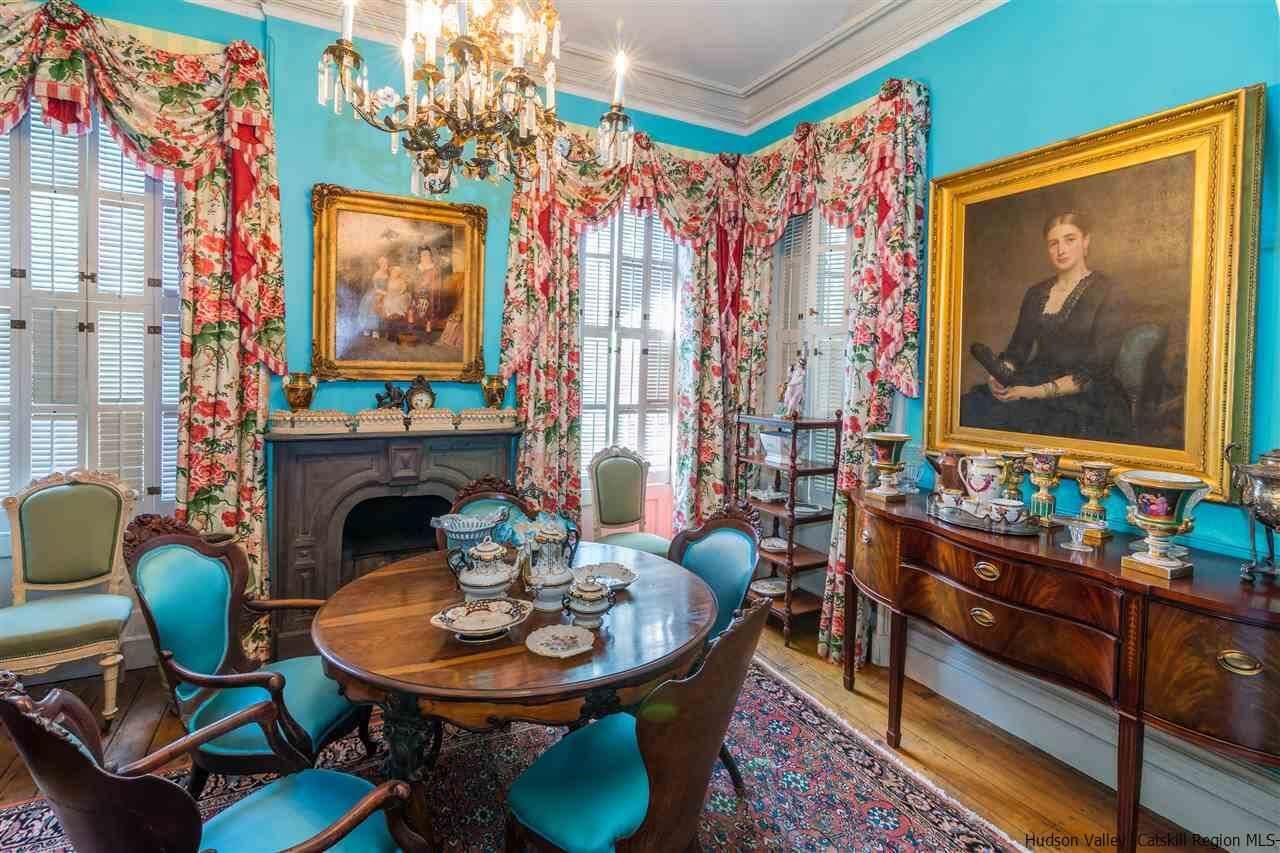
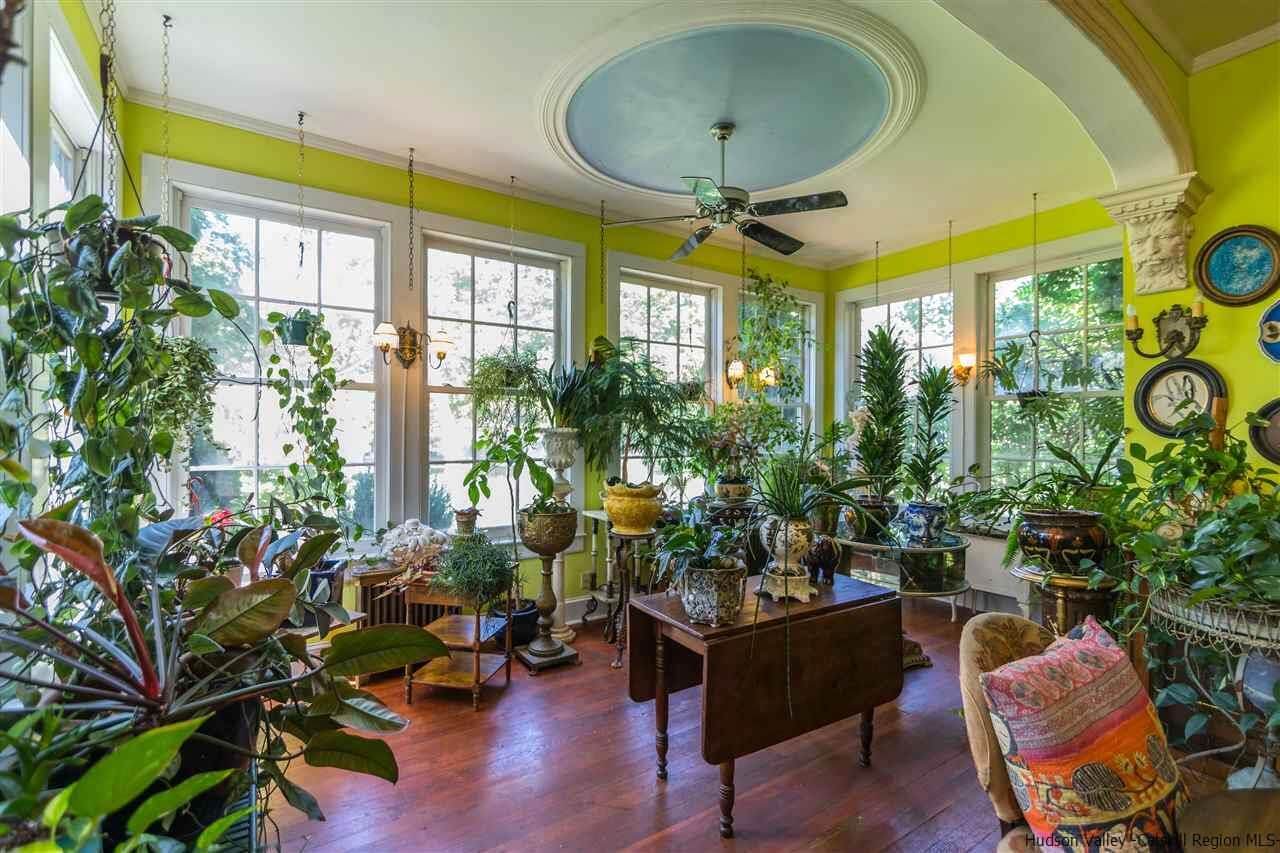
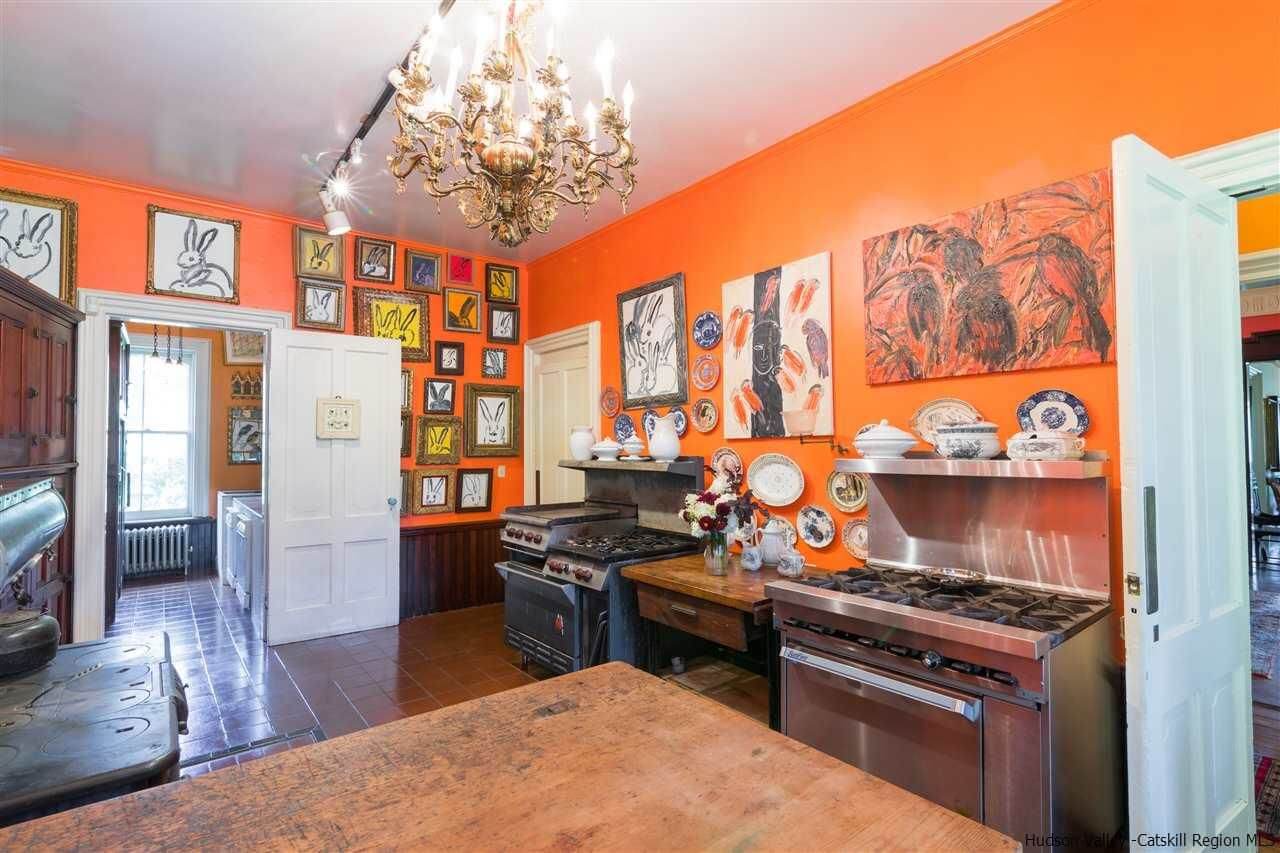
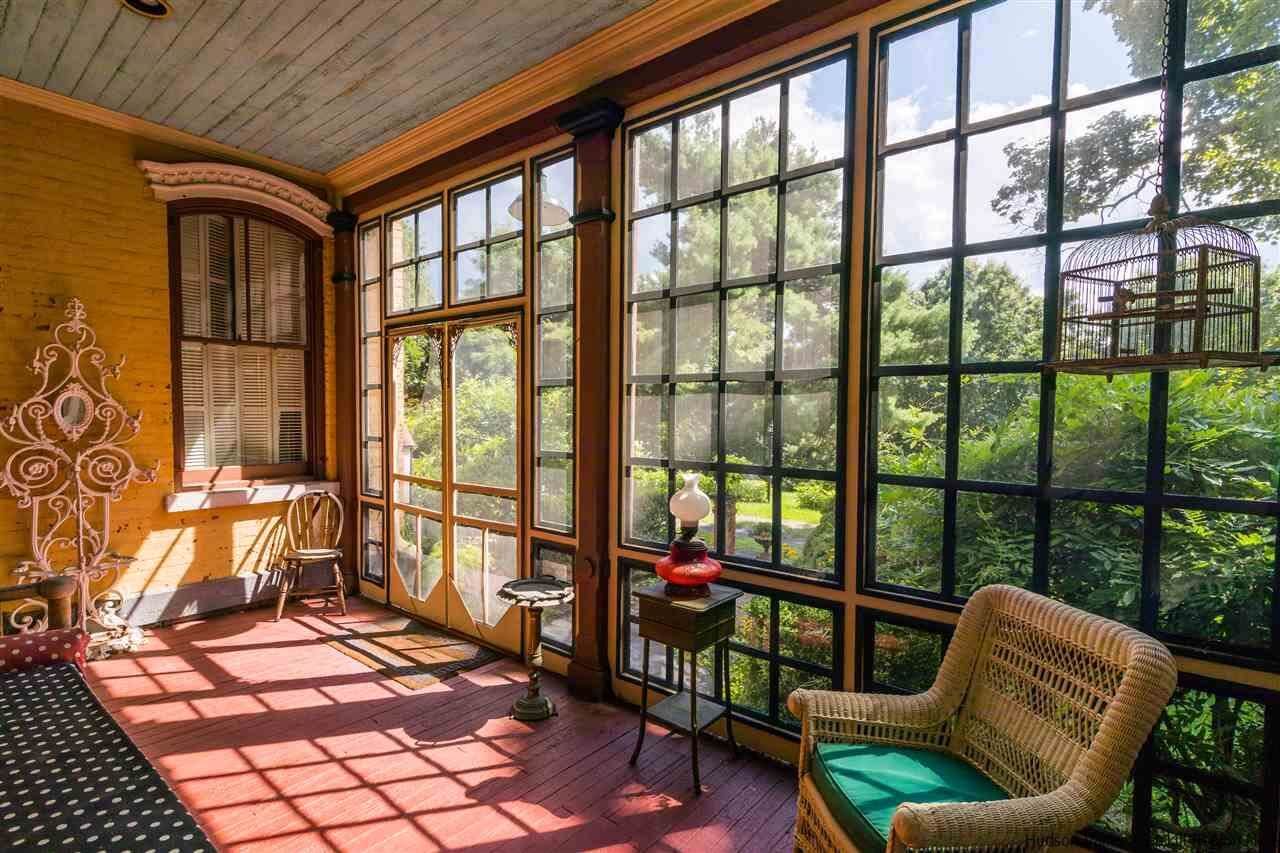
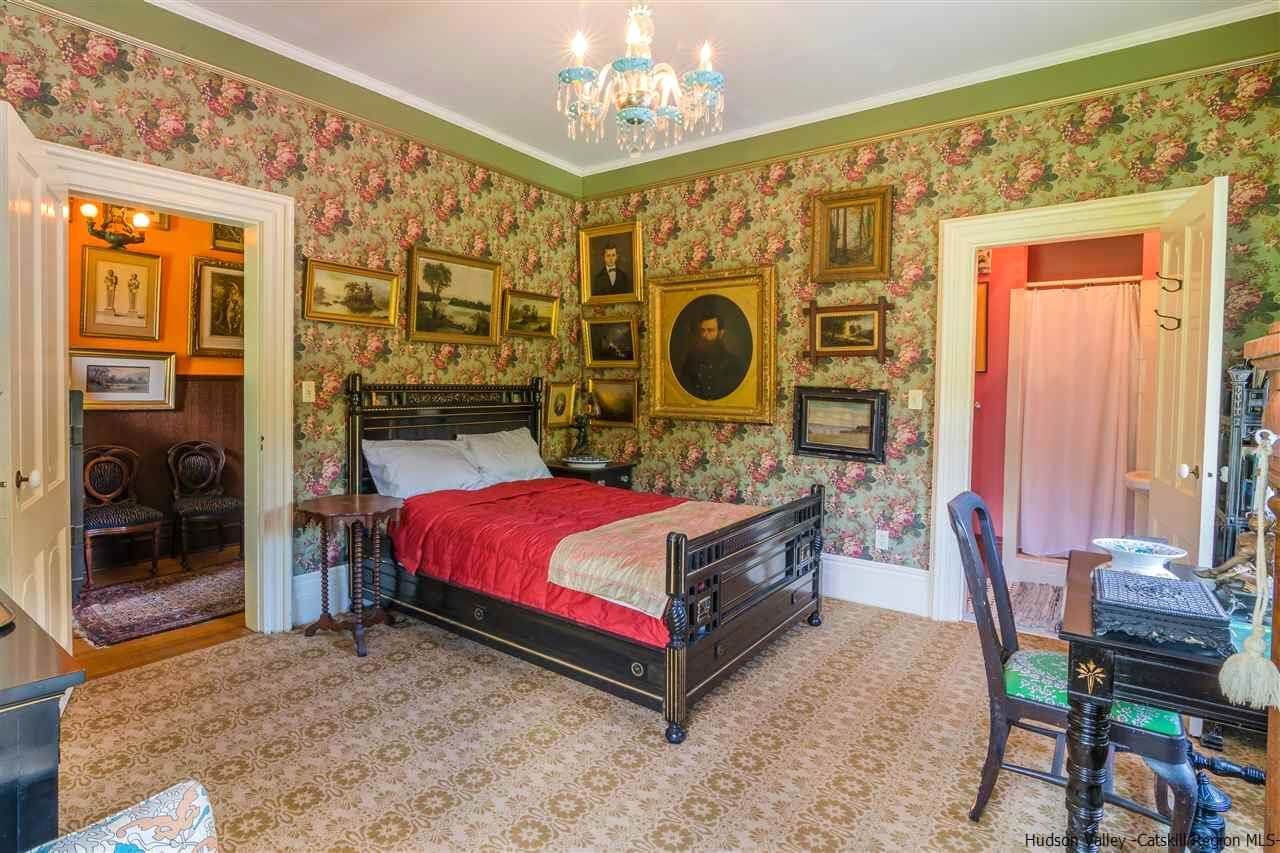
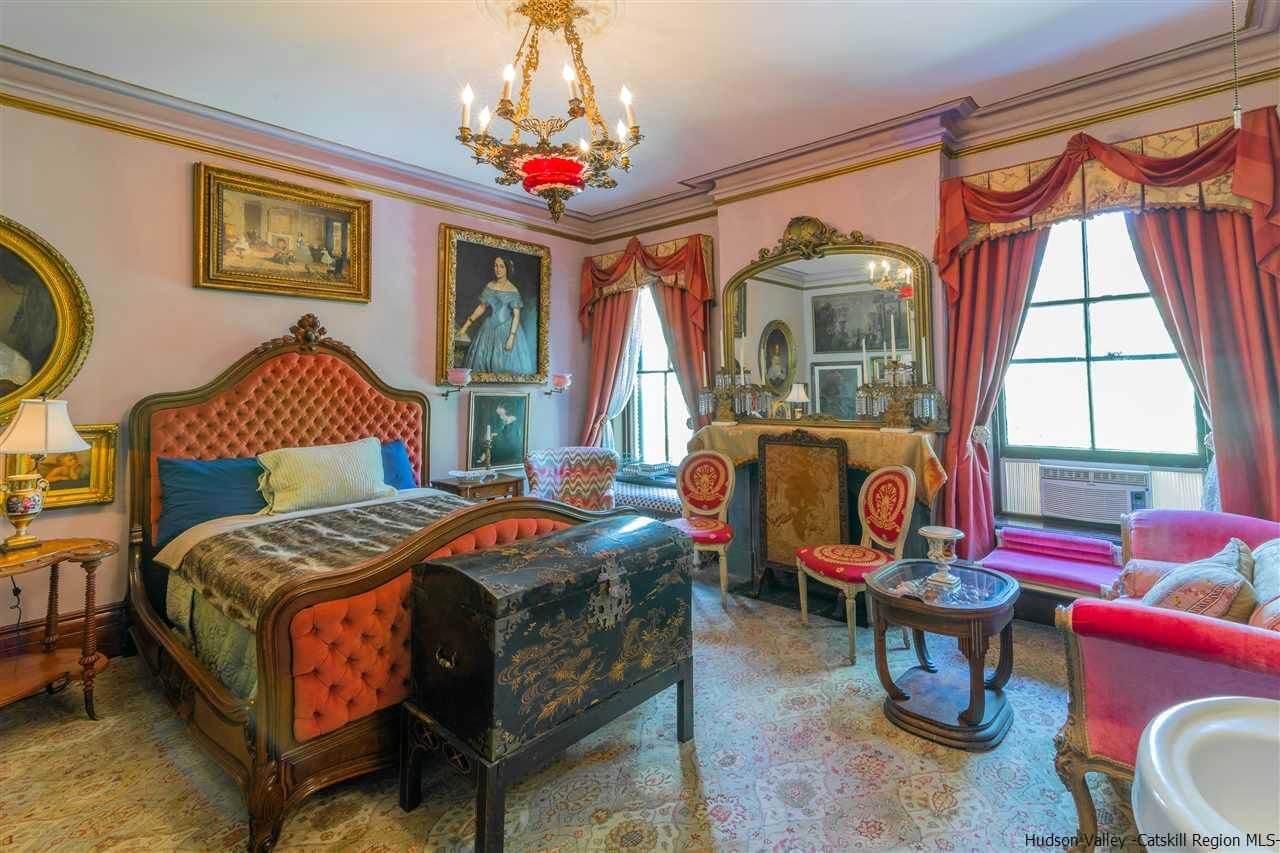
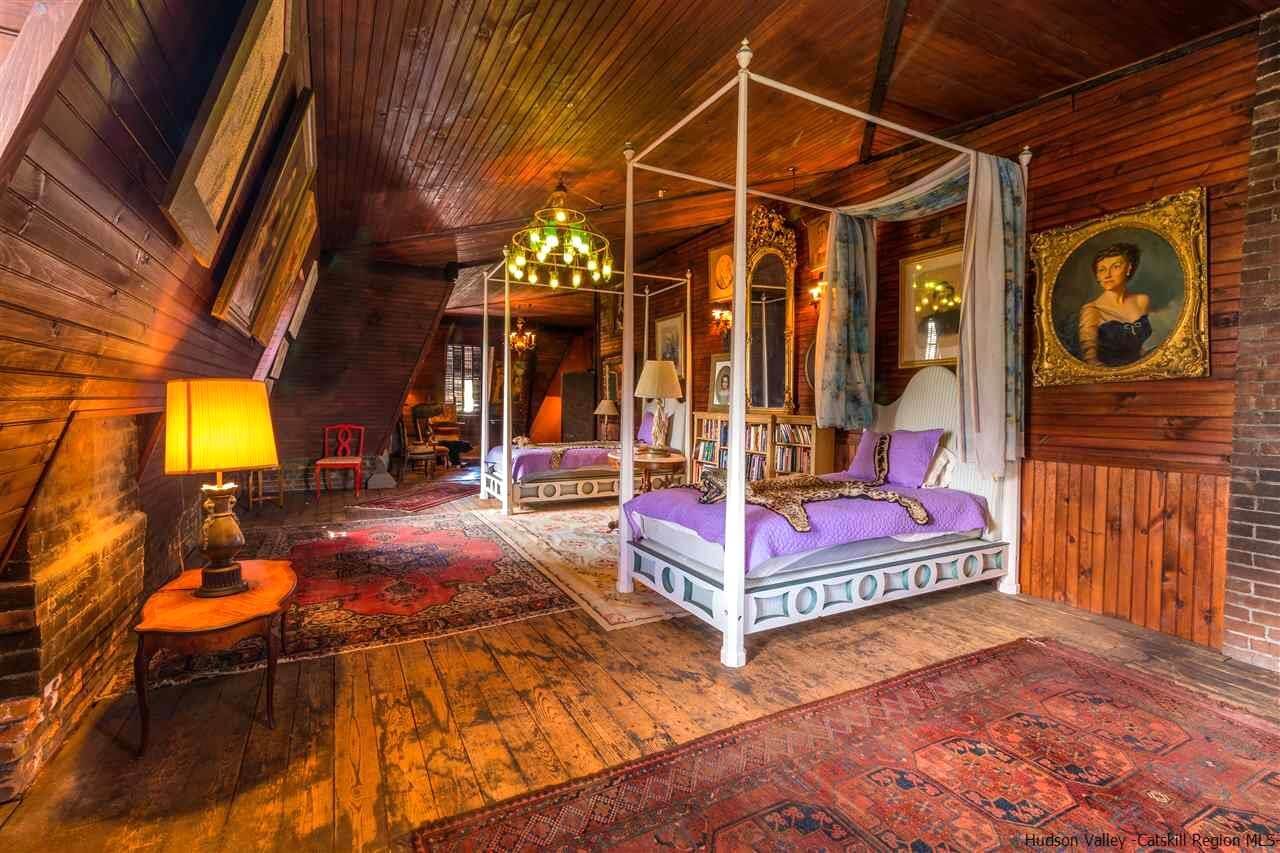


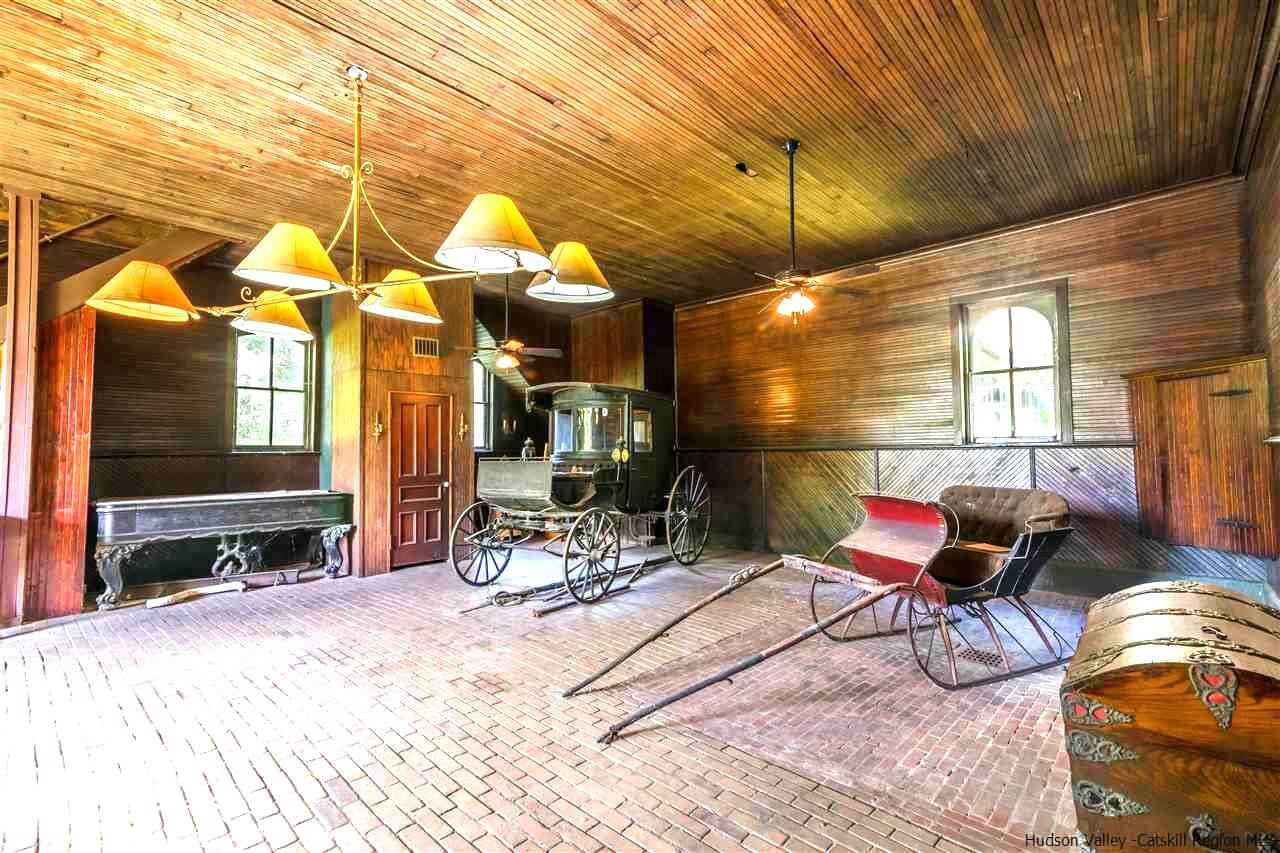
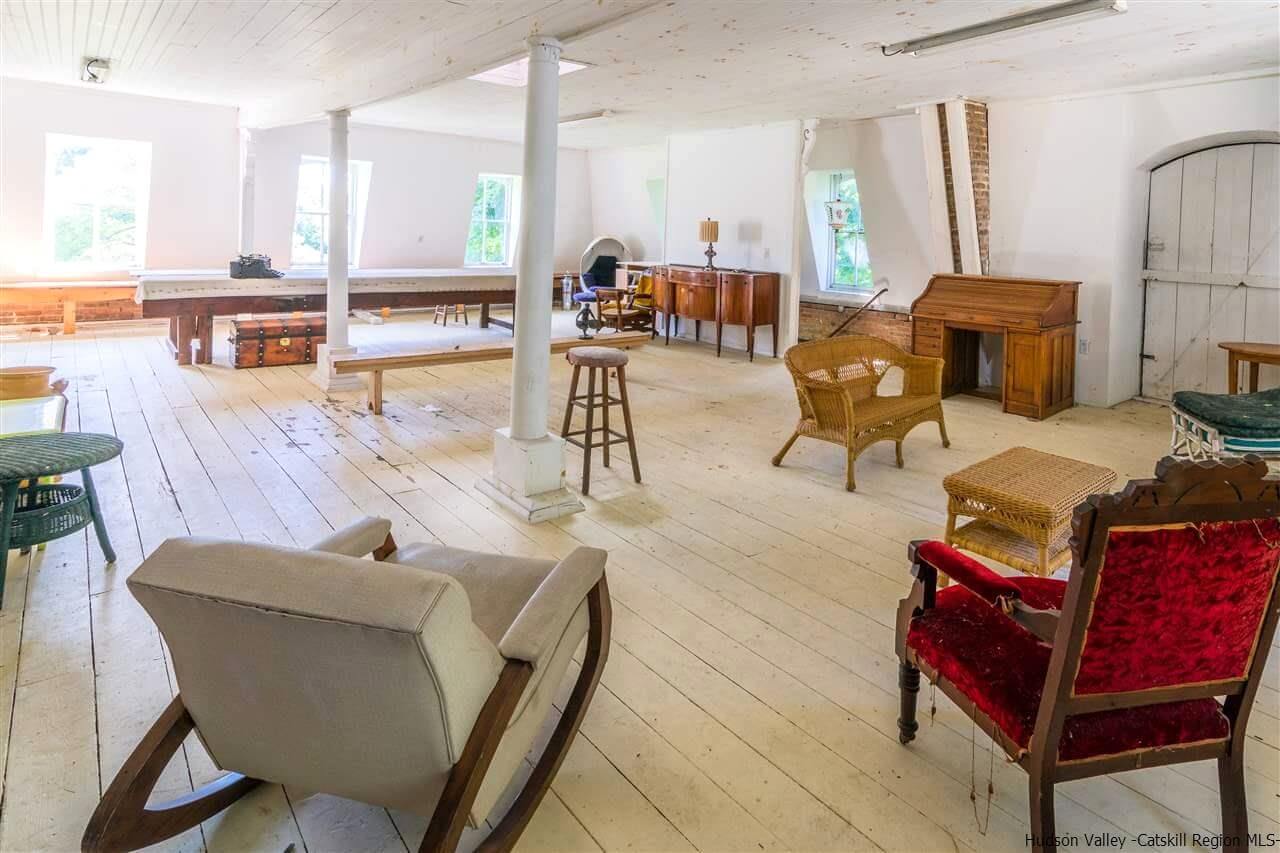
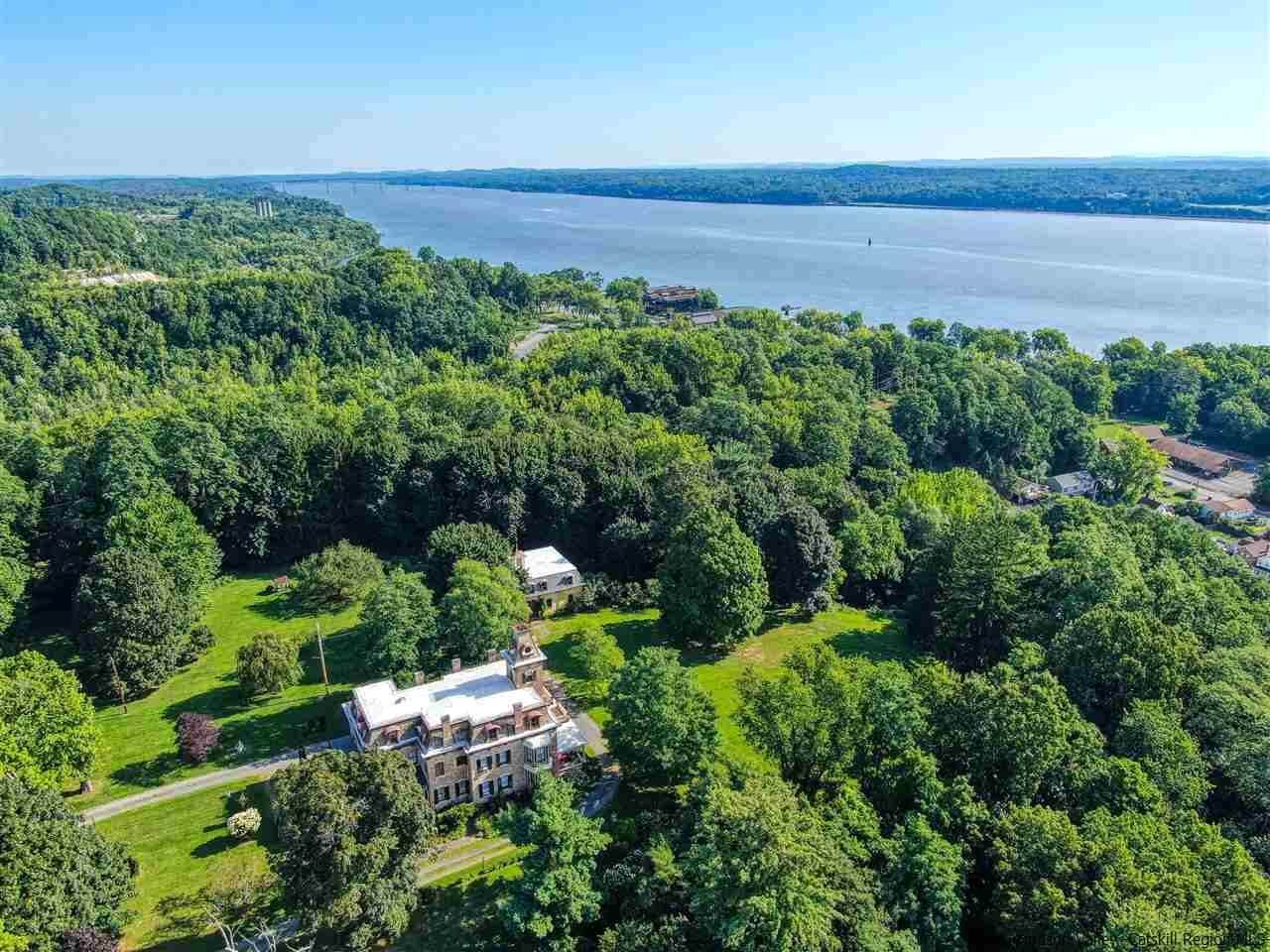
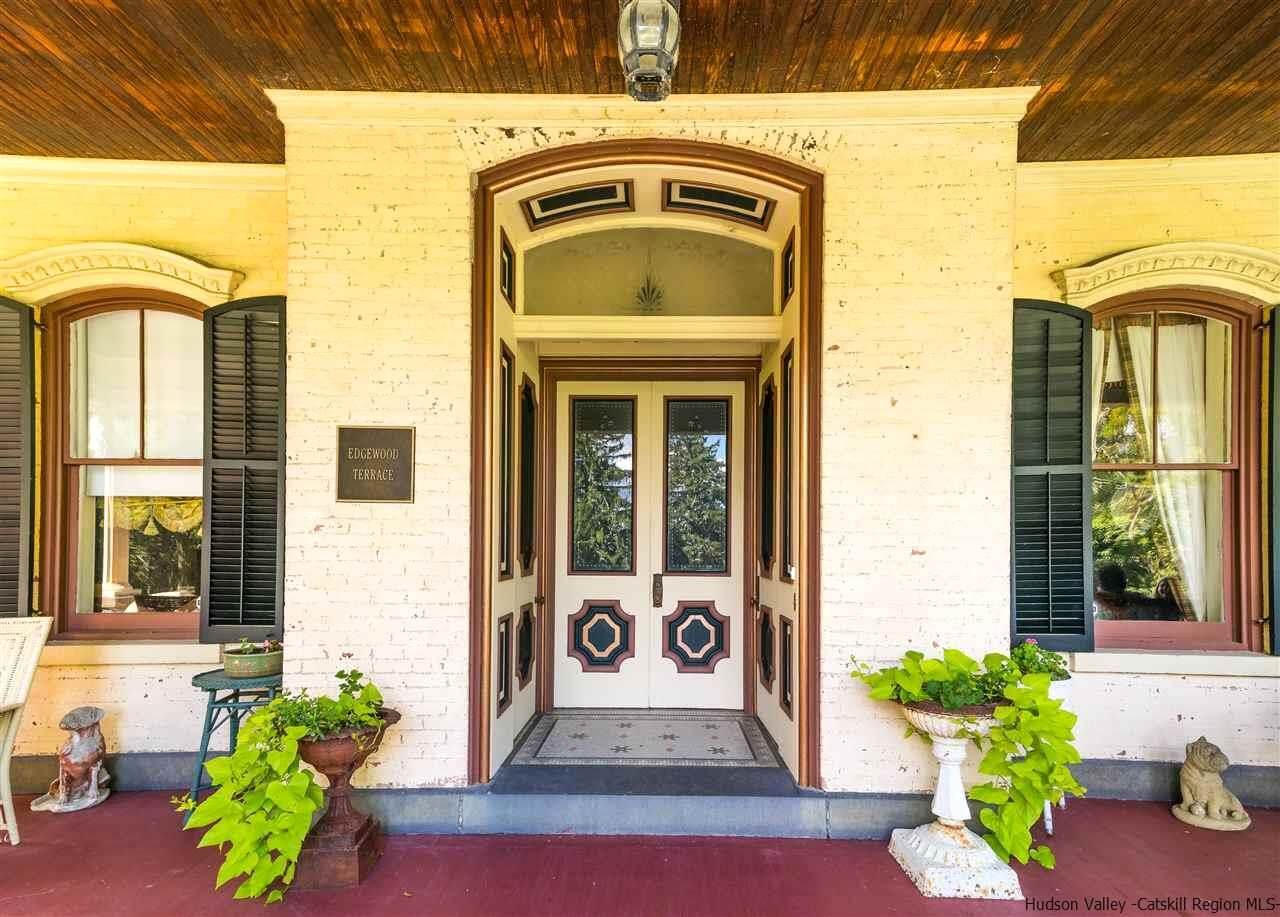
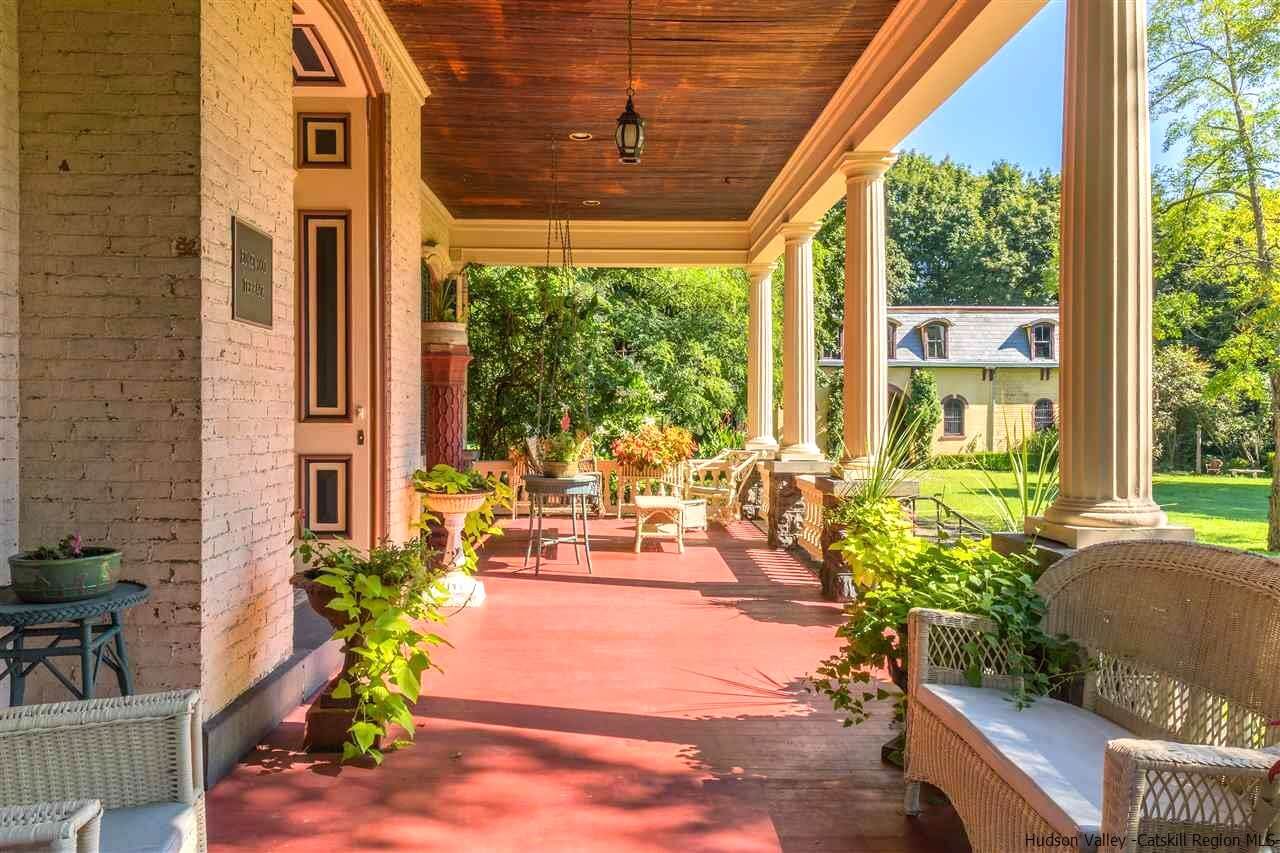
Related Stories
- This Dover Furnace Oasis With Multiple 18th Century Houses Can Be Yours for $3.5 Million
- Three Columbia County Homes With Curb Appeal, Starting at $249K
- Decked Out for a Design Showhouse, This Historic Kingston Italianate Wants $975K
Sign up for amNY’s COVID-19 newsletter to stay up to date on the latest coronavirus news throughout New York City. Email tips@brownstoner.com with further comments, questions or tips. Follow Brownstoner on Twitter and Instagram, and like us on Facebook.






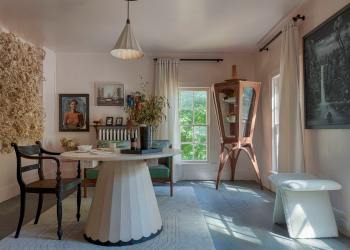


What's Your Take? Leave a Comment